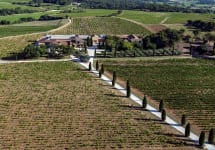Chateau de Nalys Saintes Pierres de Nalys Chateauneuf-du-Pape 2019
-
Jeb
Dunnuck -
Robert
Parker -
James
Suckling
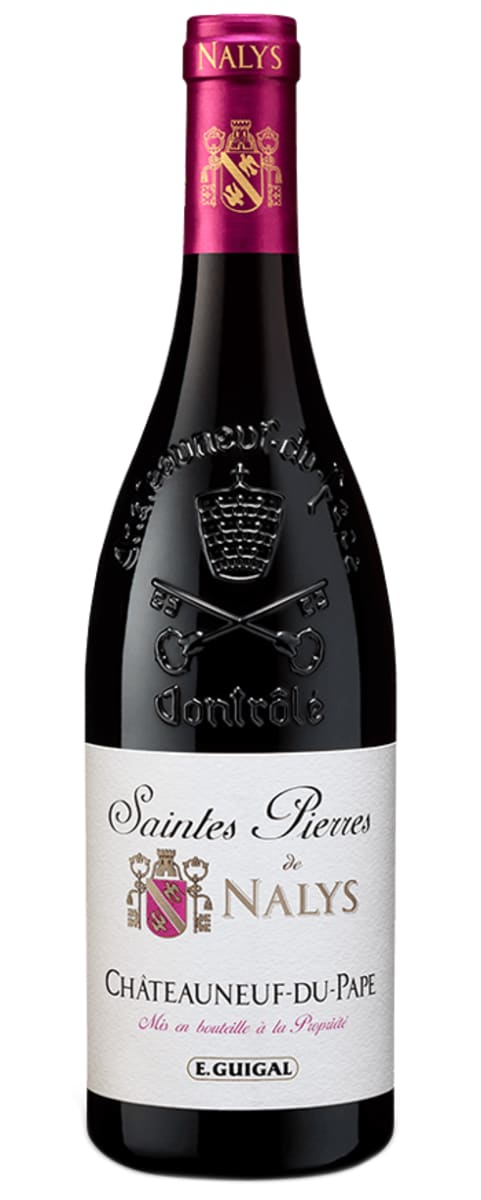


Product Details
Your Rating
Somm Note
Winemaker Notes
Professional Ratings
-
Jeb Dunnuck
Leading off the 2019s from bottle, the 2019 Châteauneuf Du Pape Saintes Pierres De Nalys has a focused, straight, elegant profile as well as impressive strawberry and cherry fruits, notes of peppery herbs and violets, medium body, fine tannins, and a great finish. It's not as rich or concentrated as the Grand Vin, but it has a wonderful sense of purity and elegance, and it’s already drinking nicely.
-
Robert Parker's Wine Advocate
Pretty raspberry and strawberry shadings appear on the nose of the 2019 Chateauneuf du Pape Saintes Pierres, joined by pie cherries and slightly herbal notions of garrigue. It's medium to full-bodied, with a silky texture and a firm, gently tannic finish.
-
James Suckling
Aromas of lilies, green apples and elderberries. Medium-bodied. Rather crisp. Fresh and bright with some nice driving acidity. Oyster shell and lemon peel. Restrained. 36% clairette, 29% bourbolenc, 25% grenache blanc, 7% roussanne, 3% picardan. Drink or hold.
Other Vintages
2020-
James
Suckling -
Robert
Parker
-
Wine
Spectator -
James
Suckling -
Jeb
Dunnuck -
Robert
Parker
-
Jeb
Dunnuck -
Robert
Parker -
James
Suckling -
Wine
Spectator
-
James
Suckling -
Wilfred
Wong -
Robert
Parker

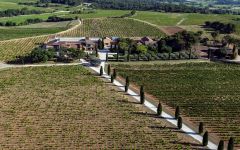
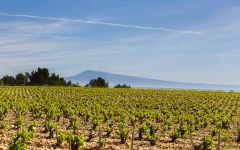
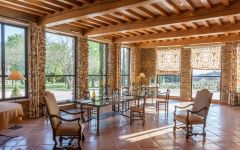

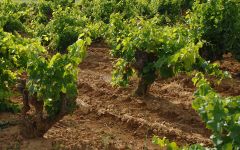
Since their very first vintage bottled under the Guigal name, in 1946, the Guigal family has produced a Chateauneuf-du-Pape. The terroirs of Nalys realize a dream spanning three generations to join this leading prestigious and historic appellation. A property of 125 contiguous acres, Nalys is comprised of three spectacular plots within three of the best vineyards in the appellation: the famous “La Crau”, Nalys, and “Bois Sénéchal”. Already listed in regional land registers at the end of the 16th century, Chateau de Nalys is one of the oldest properties in the appellation, and begins a new chapter in the hands of Guigal.

With bold fruit flavors and accents of sweet spice, Grenache, Syrah and Mourvèdre form the base of the classic Rhône Red Blend, while Carignan, Cinsault and Counoise often come in to play. Though they originated from France’s southern Rhône Valley, with some creative interpretation, Rhône blends have also become popular in other countries. Somm Secret—Putting their own local spin on the Rhône Red Blend, those from Priorat often include Merlot and Cabernet Sauvignon. In California, it is not uncommon to see Petite Sirah make an appearance.

Famous for its full-bodied, seductive and spicy reds with flavor and aroma characteristics reminiscent of black cherry, baked raspberry, garrigue, olive tapenade, lavender and baking spice, Châteauneuf-du-Pape is the leading sub-appellation of the southern Rhône River Valley. Large pebbles resembling river rocks, called "galets" in French, dominate most of the terrain. The stones hold heat and reflect it back up to the low-lying gobelet-trained vines. Though the galets are typical, they are not prominent in every vineyard. Chateau Rayas is the most obvious deviation with very sandy soil.
According to law, eighteen grape varieties are allowed in Châteauneuf-du-Pape and most wines are blends of some mix of these. For reds, Grenache is the star player with Mourvedre and Syrah coming typically second. Others used include Cinsault, Counoise and occasionally Muscardin, Vaccarèse, Picquepoul Noir and Terret Noir.
Only about 6-7% of wine from Châteauneuf-du-Pape is white wine. Blends and single-varietal bottlings are typically based on the soft and floral Grenache Blanc but Clairette, Bourboulenc and Roussanne are grown with some significance.
The wine of Chateauneuf-du-Pape takes its name from the relocation of the papal court to Avignon. The lore says that after moving in 1309, Pope Clément V (after whom Chateau Pape-Clément in Pessac-Léognan is named) ordered that vines were planted. But it was actually his successor, John XXII, who established the vineyards. The name however, Chateauneuf-du-Pape, translated as "the pope's new castle," didn’t really stick until the 19th century.
